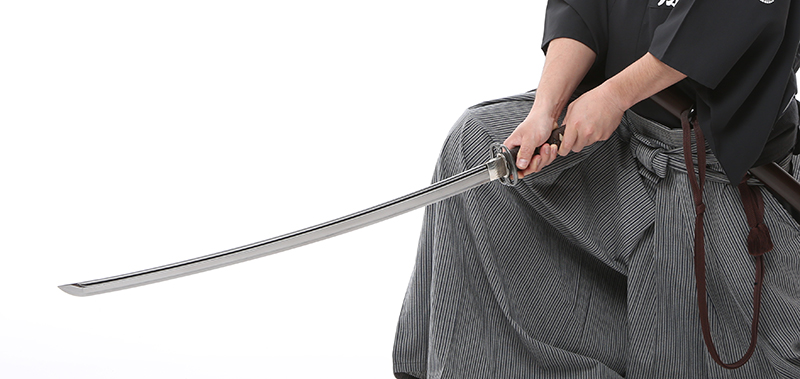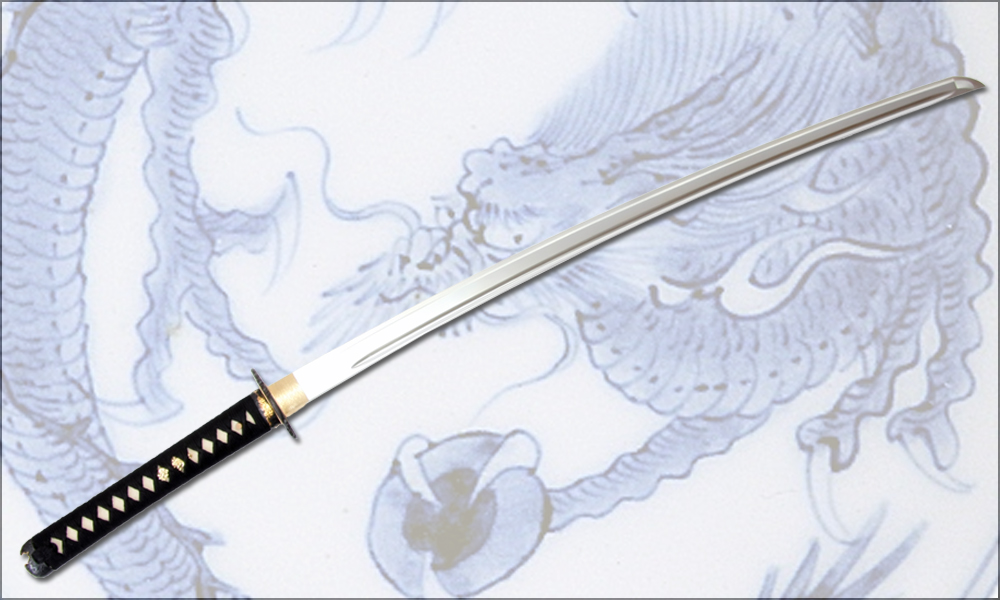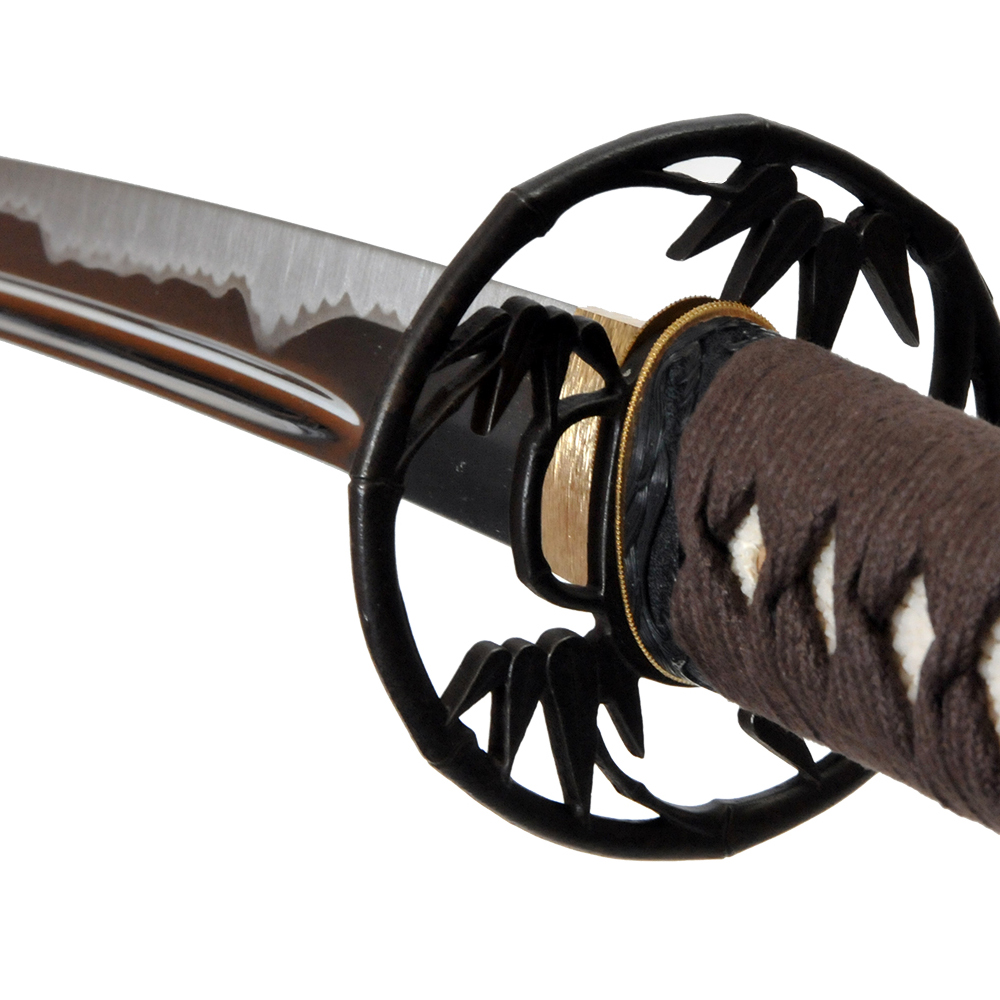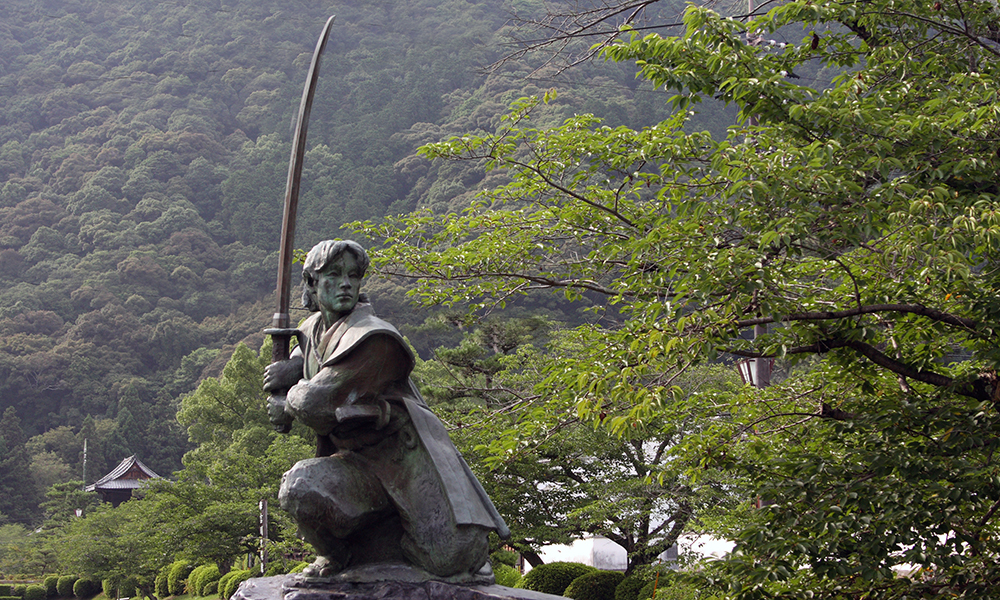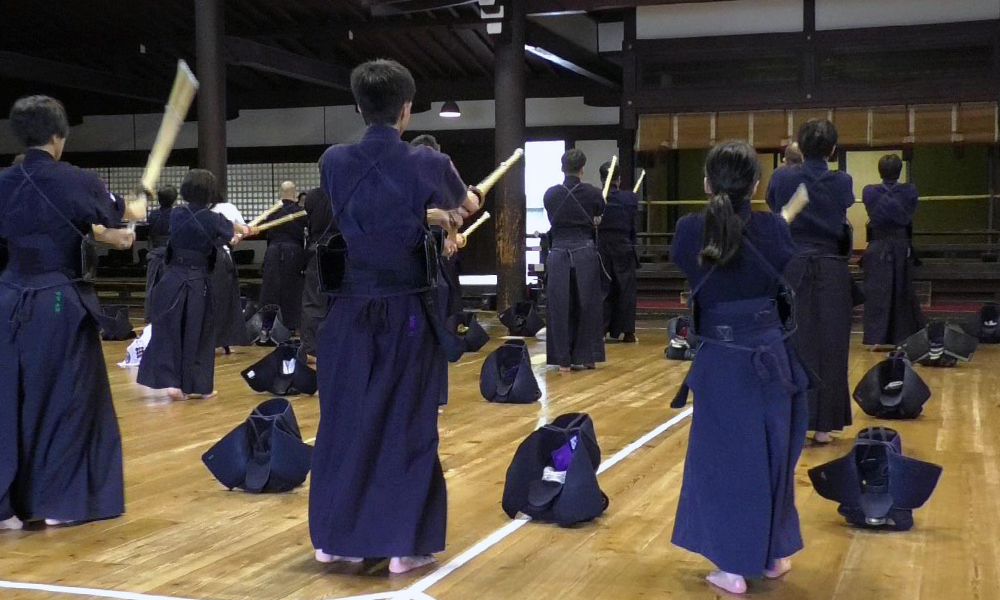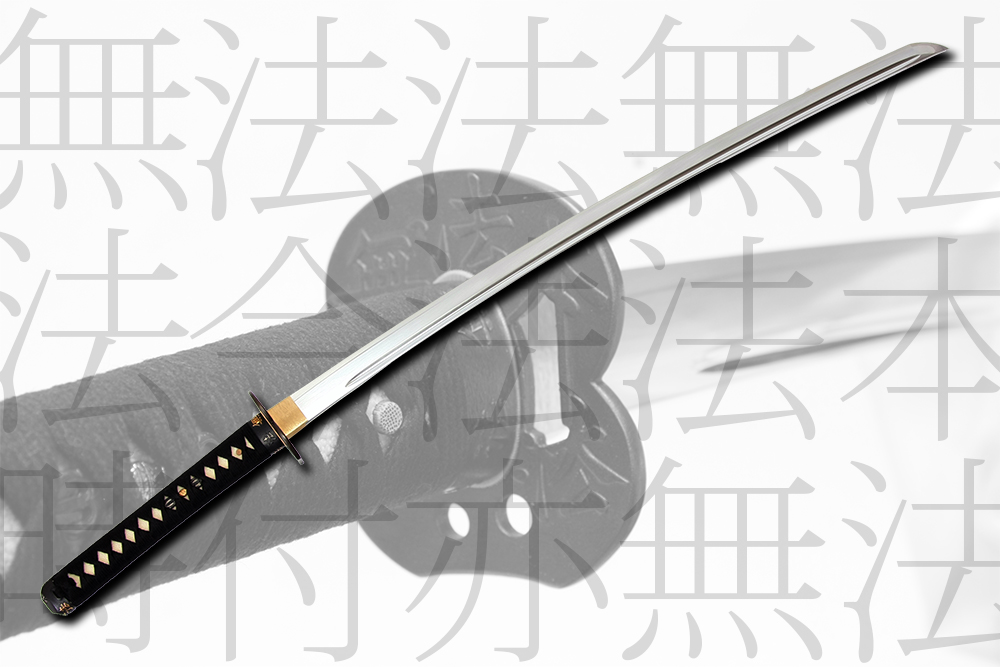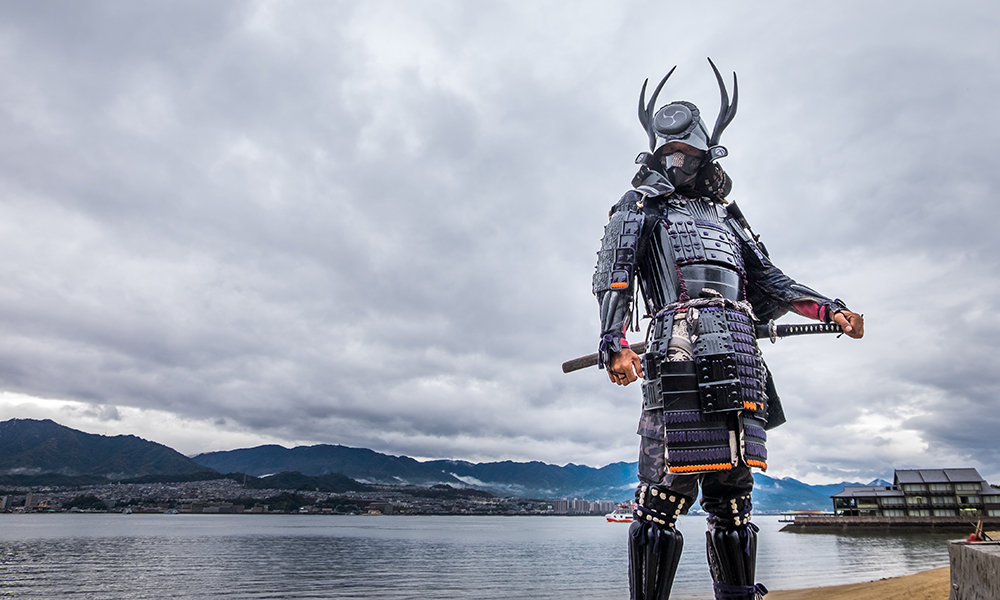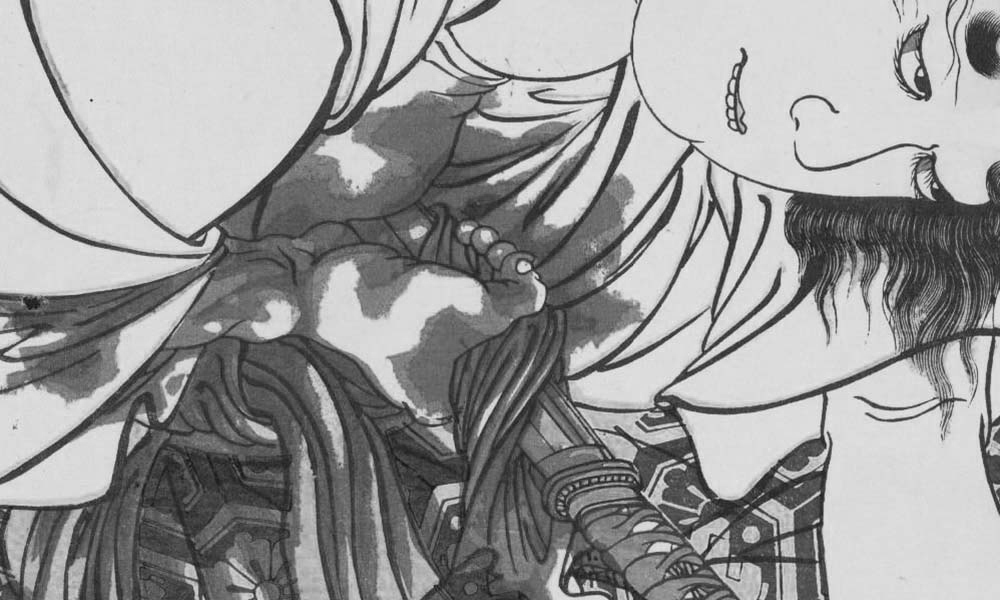Being true to your Sword
– Though we use iaitō, bokutō and shinai; we must never forget that these are swords – Iaido and kendo are both budō that place a strong emphasis on manners and etiquette – not only to our partners, but also the spaces within which we practice and to opponents who are Read More


